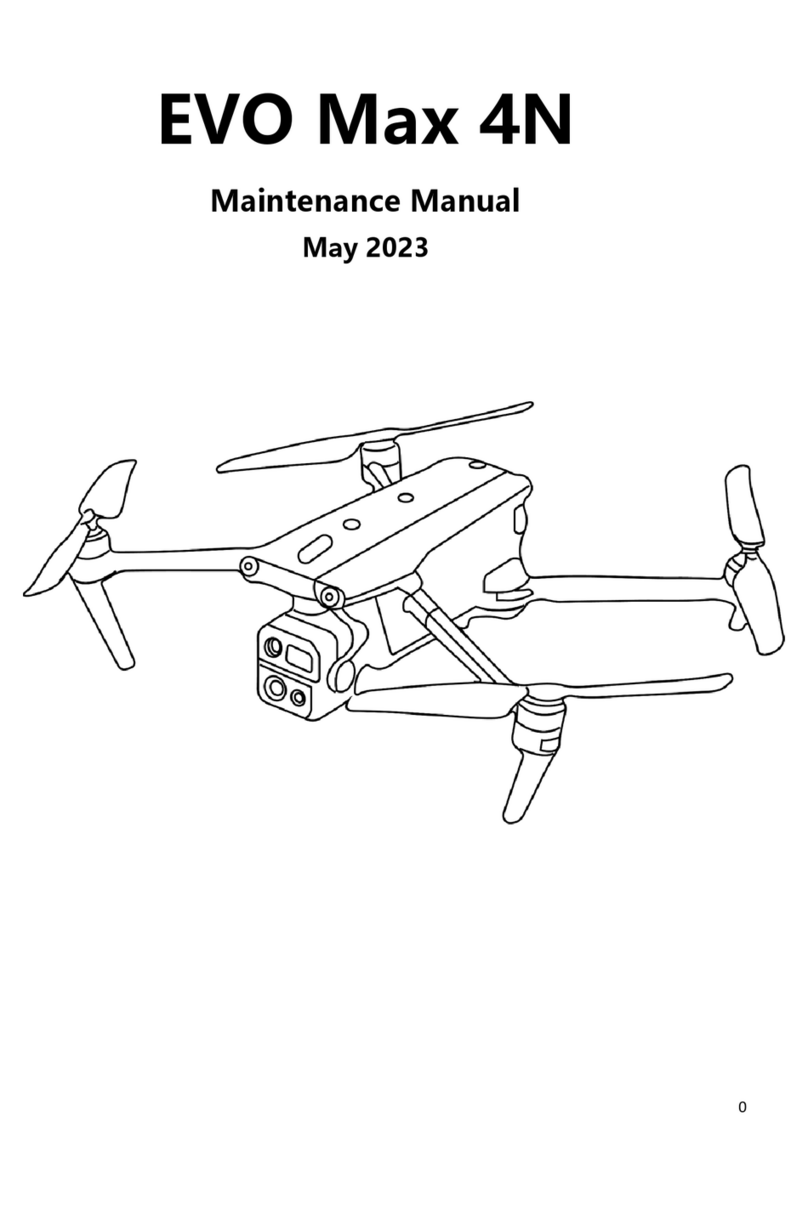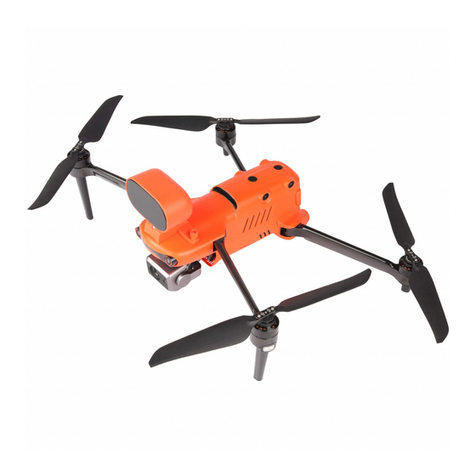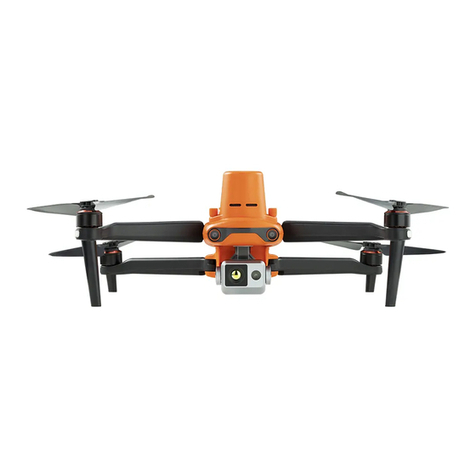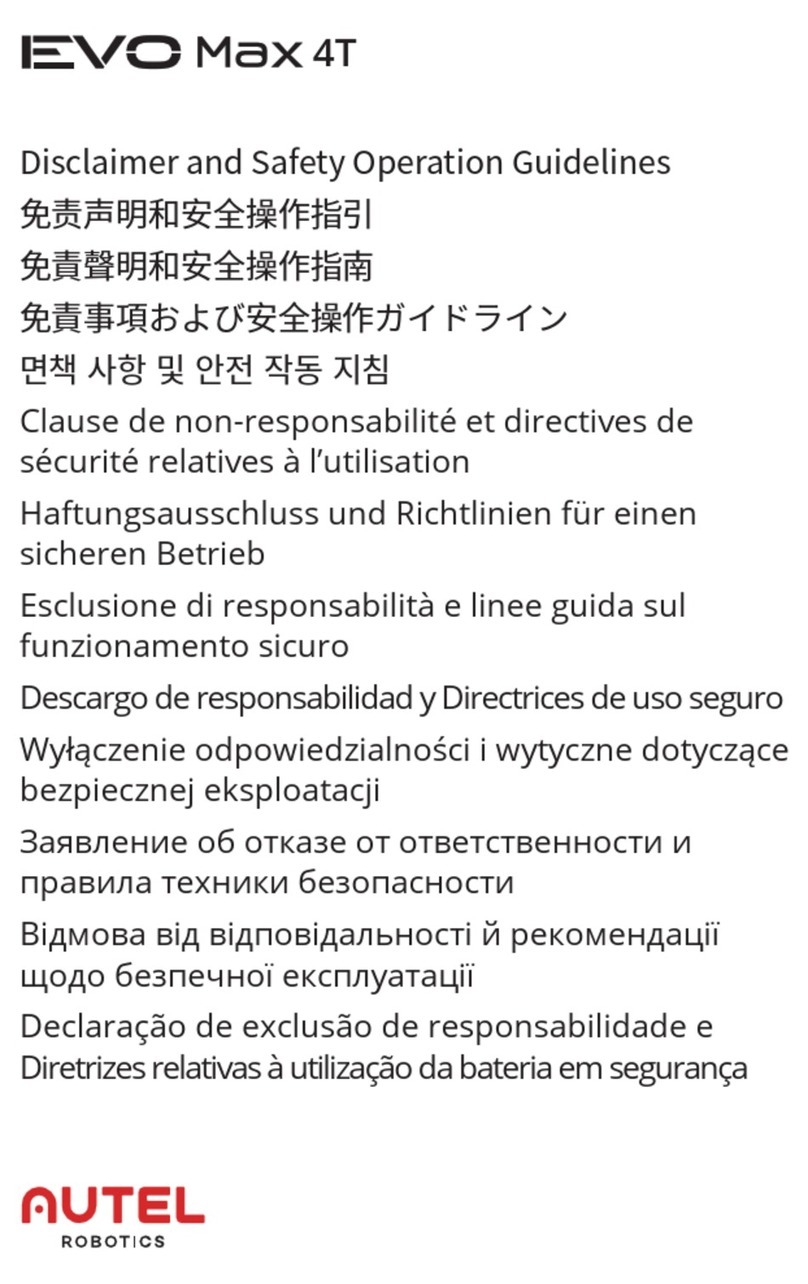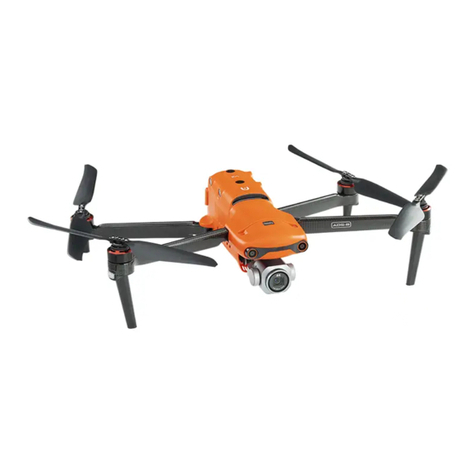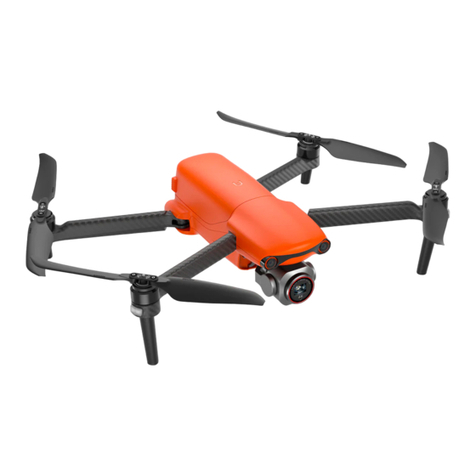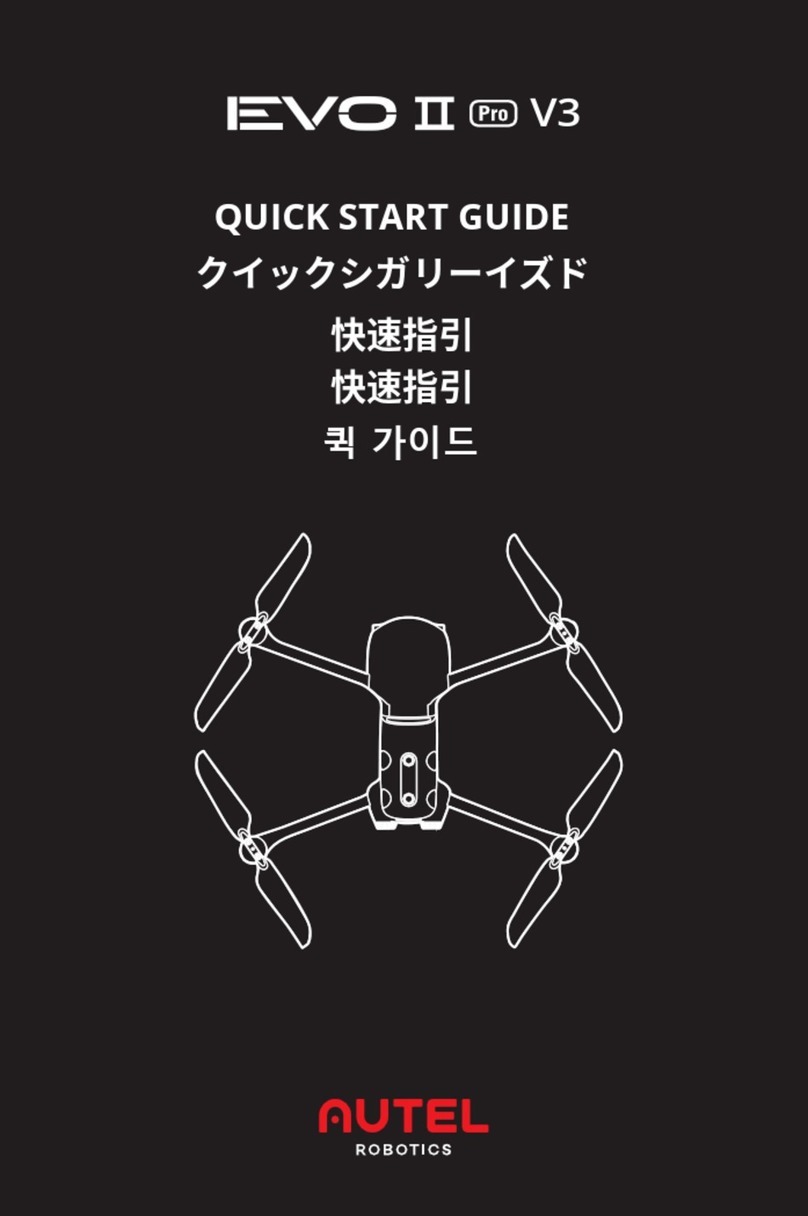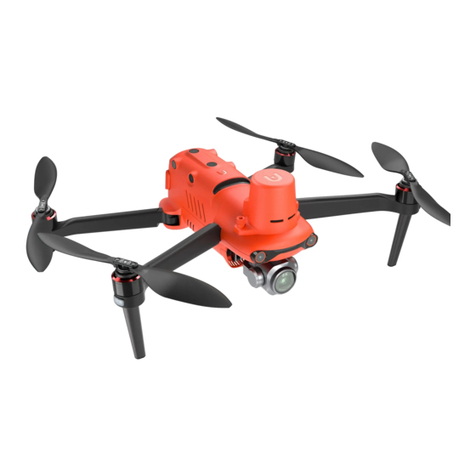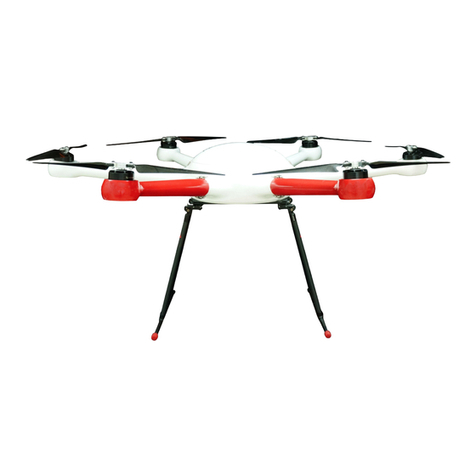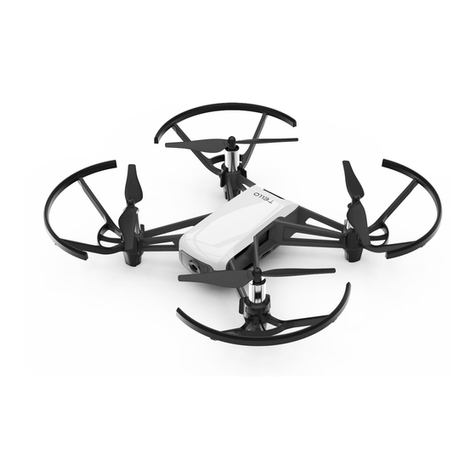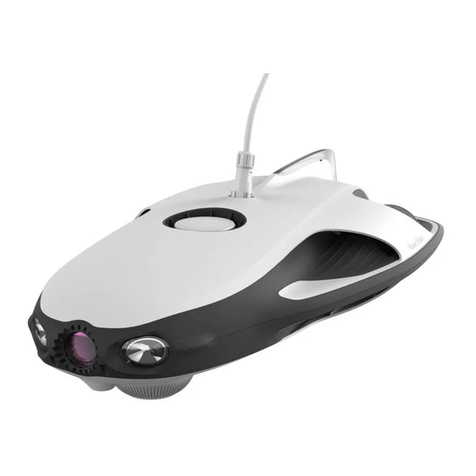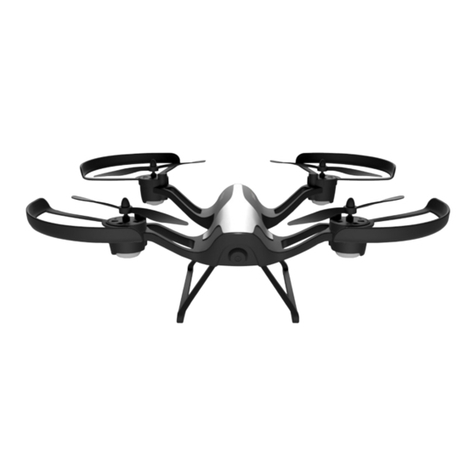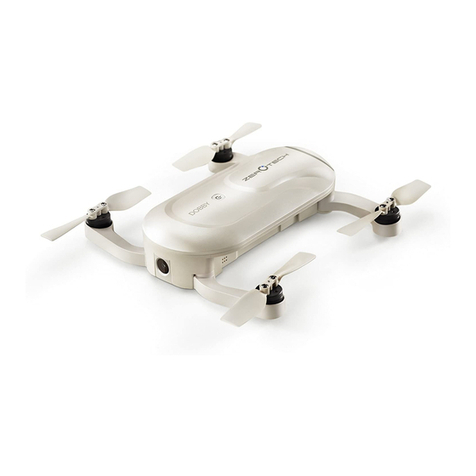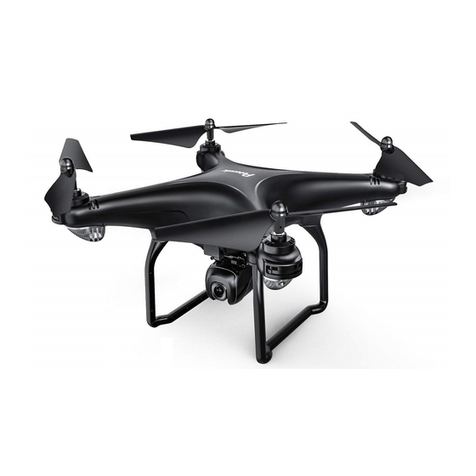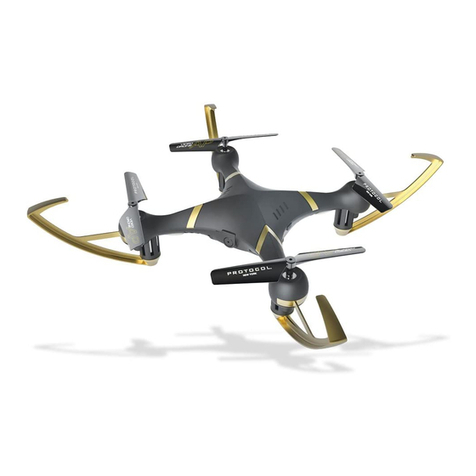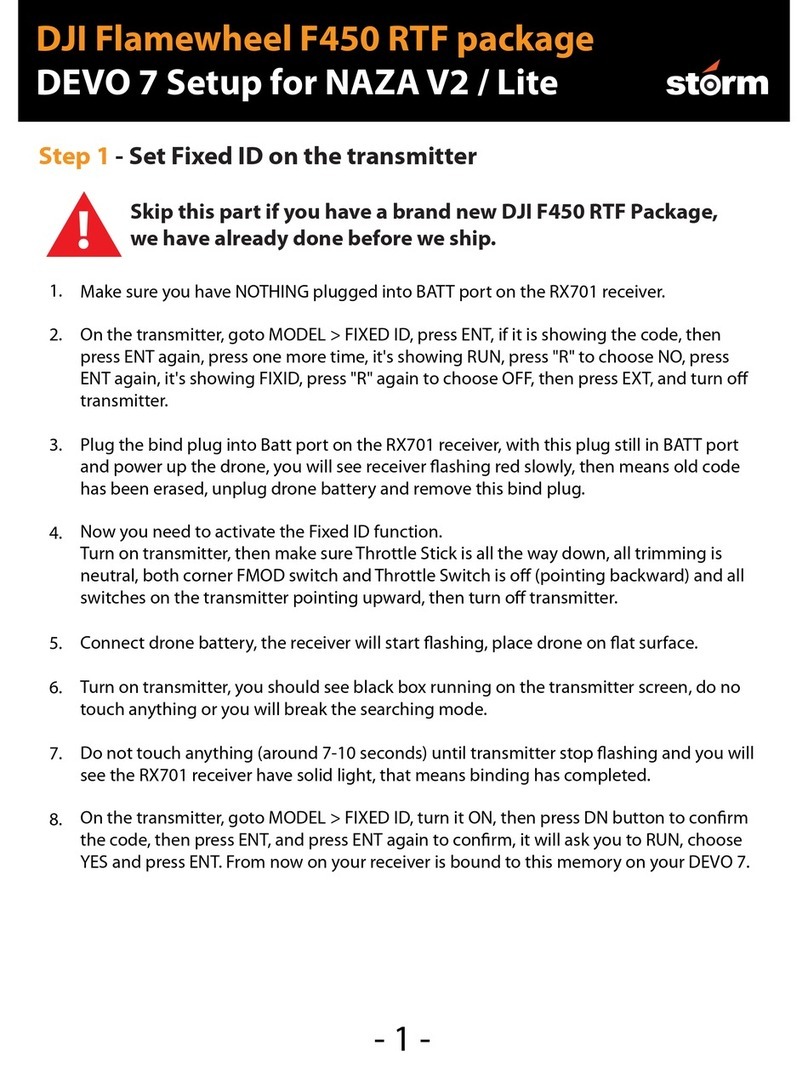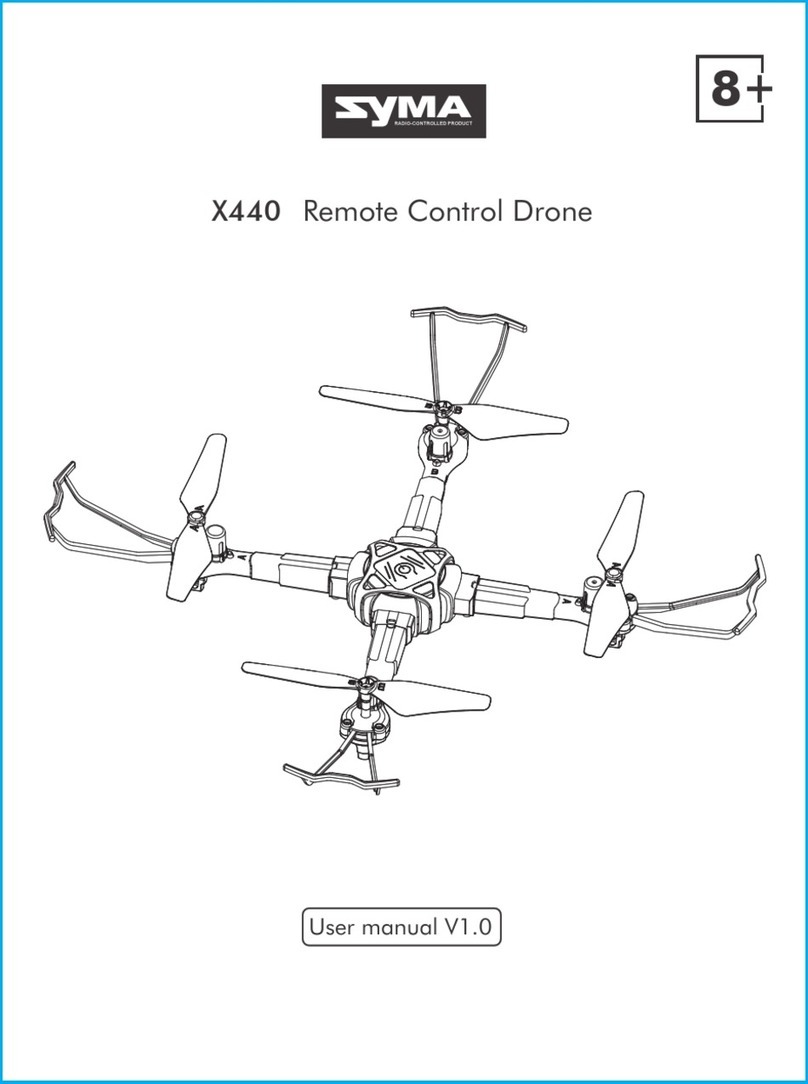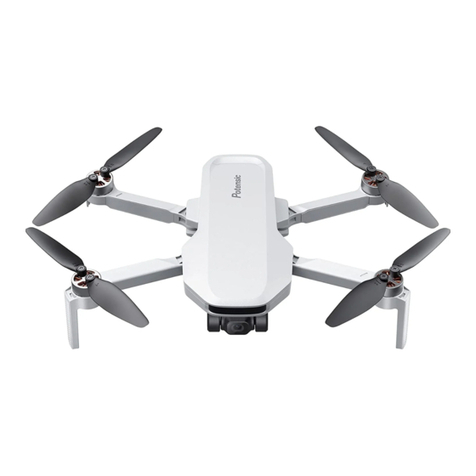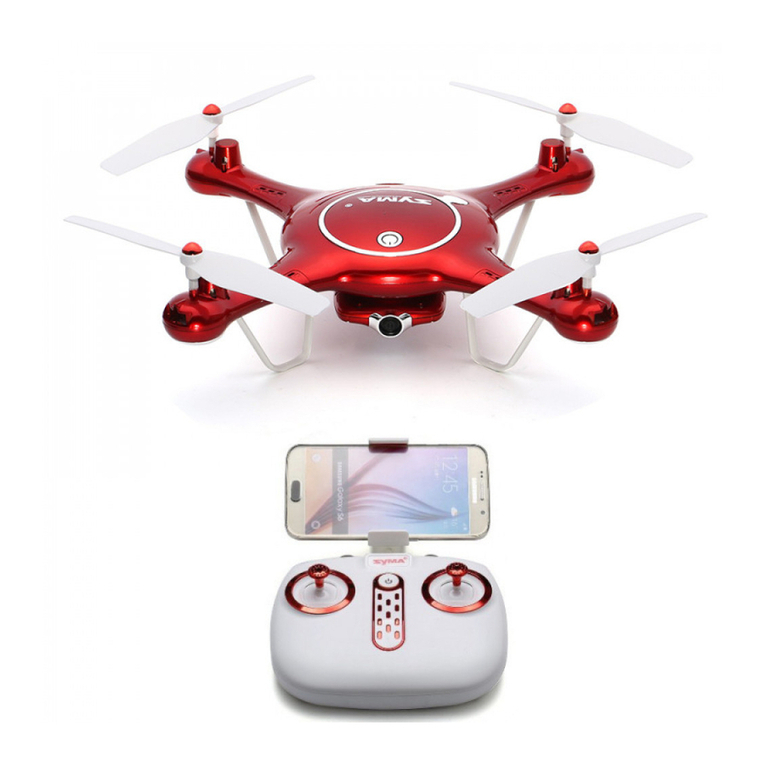
Getting to know the portable ground station
The Dragonfish is equipped with a 9.7-inch TFT-LCD touch screen (2048*1536). It offers a brightness of 1000
cd/m2, making it almost twice as bright as typical mobile devices. The screen can display images clearly even
in direct sunlight, and a built-in 256G memory makes it convenient for storing all your critical data. With an
image transmission range of 30km[1] and a battery life of 4.5 hours, the ground station guarantees optimal
performance and reliability.
Getting to know the base station
The Dragonfish GNSS base station is a high-precision satellite signal receiver that supports GPS, Beidou,
Galileo and GLONASS navigation systems. It can be used across a variety of applications and environments.
The Dragonfish GNSS base station and the integrated, Dual RTK modules equip the aircraft with additional
redundancy and positioning accuracy to provide precise, centimeter accurate data. It also enables the
Dragonfish to withstand signal interference in strong magnetic environments such as power lines and near
buildings.
[1] The experimental data were measured in a non-interference environment
1. Antenna
2. Mode switch indicator
3. Gimbal pitch control wheel
4. Manual/Auto mode switch key
5. Joystick
6. Home button
7. Power status indicator
8. Light perception sensor
9. Touch screen
10. Hooks (for lanyard support)
11. Microphone
12. Photo/Video button
13. Zoom button
14. Gimbal level control dial
15. Tripod mounting interface
16. Power button
17. Charging port
18. USB port
19. SD card slot
20. SIM card slot
21. HDMI port
22. Custom buttons
23. Headphone jack
24. Air outlet
4
1
2
3
4
5
6
7 8
10
11
12
14
13
1615 17 18 19 20
24 23
21 22
9
1. RTK antenna
2. Propeller blades
3. Smart battery
4. Power button/indicator
5. Wing lock
6. Body motor
7. Gimbal camera
8. Battery release button
9. Front landing gear
10. Rear landing gear
11. Wingtip propellers
12. Wing motor
13. Horizontal stabilizer
14. Airspeed sensor
15. Tilting wingtip
16. GPS module
17. Ultrasonic Positioning Sensors
18. Dust Net
19. PTZ installation interface

